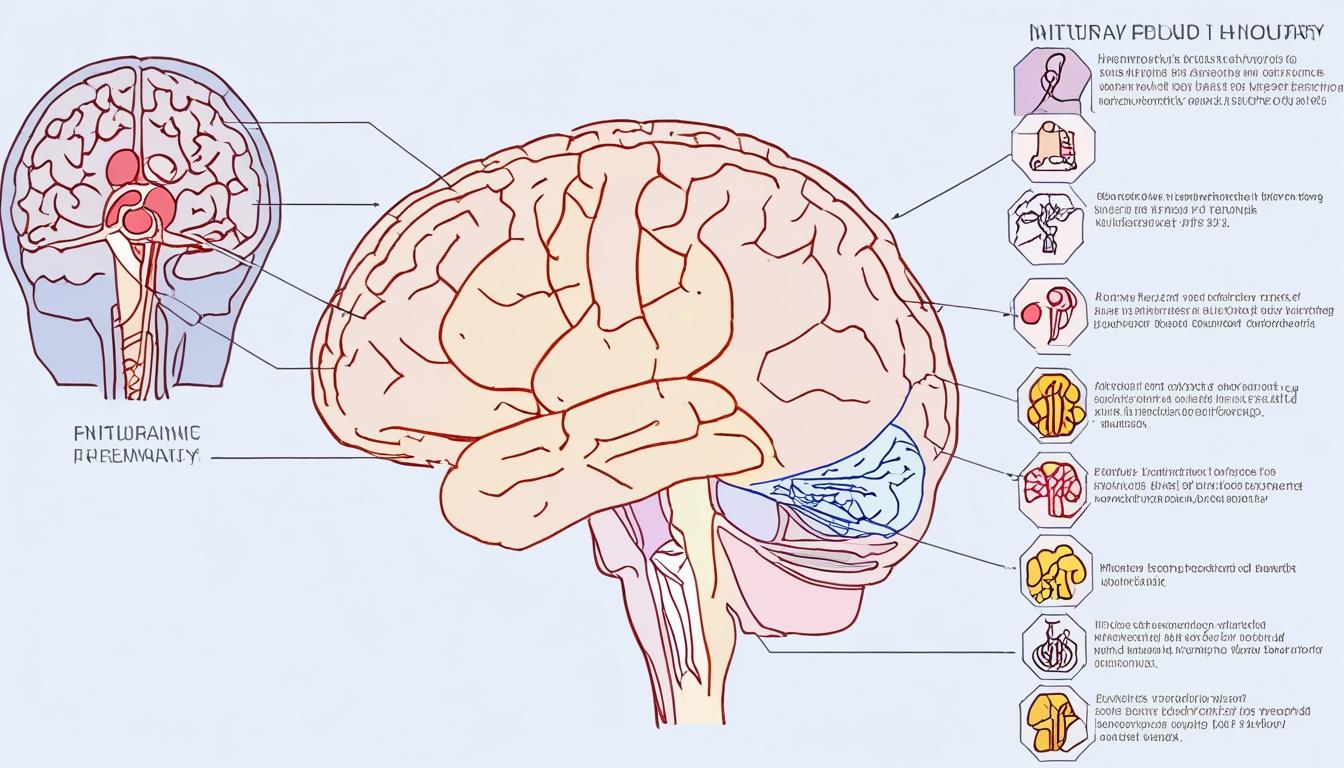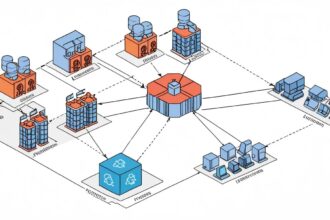The global market for pituitary stalk interruption syndrome (PSIS) treatment is projected to rise from USD 121.1 million in 2025 to USD 168.2 million by 2035, driven by advances in diagnostic technologies, personalised therapies, and growing clinical awareness.
The global market for pituitary stalk interruption syndrome (PSIS) treatment is expected to experience notable growth over the coming decade. According to projections, the market value will increase from approximately USD 121.1 million in 2025 to an estimated USD 168.2 million by 2035, reflecting a compound annual growth rate (CAGR) of 3.3%. This expansion is primarily driven by rising incidences of congenital hormone deficiencies, heightened clinical awareness, and steady advancements in endocrine and diagnostic technologies.
PSIS is a rare congenital disorder marked by pituitary hormone deficiencies and associated structural abnormalities. Improvements in imaging technologies, particularly magnetic resonance imaging (MRI), alongside increased awareness among healthcare providers, have led to more frequent and earlier diagnoses. This early detection has, in turn, spurred greater demand for growth hormone therapy and hormone replacement treatments, which are critical for managing symptoms such as delayed growth, metabolic imbalances, and other hormonal dysfunctions related to the syndrome.
Significant advances in recombinant DNA technology have enhanced therapeutic outcomes by improving drug safety, effectiveness, and patient adherence. The introduction of new-generation biologic agents, precision hormone therapies, and telemedicine-supported treatment monitoring are revolutionising how PSIS is managed globally. Treatment models are increasingly adopting specialised care approaches that focus on early detection, personalised hormone regimens, and incorporating psychological support, especially for paediatric and adolescent patients.
Regionally, the market is witnessing distinct trends:
-
United States: The US market is anticipated to grow at a CAGR of 3.5%. Expansion is supported by widespread access to healthcare, the routine use of MRI and genetic testing, and advances in endocrine therapy. Personalized medicine, particularly via genetic profiling, enables clinicians to customise hormone replacement protocols effectively. Telemedicine adoption is facilitating follow-up care, reducing hospital visits, and improving treatment adherence. Research in the US continues to explore novel biologic therapies aimed at restoring pituitary function.
-
United Kingdom: Expected to grow at a CAGR of 3.1%, the UK benefits from increased National Health Service (NHS) coverage for rare disorders, including PSIS. There is a notable emphasis on integrating mental health care within chronic disease management plans, reflecting a holistic approach. Technological innovations such as digital wearables for hormone monitoring and telehealth-based care models further bolster market growth.
-
Germany: With a CAGR of 3.4%, Germany’s advanced healthcare infrastructure and robust clinical research environment fuel its market development. The country is pioneering precision medicine strategies, nanomedicine formulations, and biologic agents designed to address pituitary dysfunctions. Its pharmaceutical sector is a key driver, alongside growing adoption of psychosocial treatment protocols.
-
Japan: Projected to grow at a CAGR of 3.0%, Japan is focusing on AI-driven diagnostics, wearable health monitoring, and genetic screening to enhance early PSIS detection and intervention. Research into stem cell-based therapies targeting pituitary reconstruction is underway. The country’s ageing population demands improved rare disease management, combining mental wellness and hormonal therapy.
-
South Korea: Also growing at a CAGR of 3.0%, South Korea is leveraging advances in genetic testing, digital health infrastructure, and targeted hormone therapy developments. Telemedicine significantly aids rural healthcare delivery, and the nation’s biotechnology industry supports personalised PSIS treatments. Mental health support is increasingly incorporated into chronic care programmes.
The competitive landscape features established pharmaceutical giants and innovative biotech startups who are driving progress in PSIS treatment. Leading companies involved include AbbVie Inc., Pfizer Inc., Eli Lilly and Company, Merck & Co., Inc., Novartis International AG, Sanofi S.A., Bristol-Myers Squibb Company, GlaxoSmithKline plc, Amgen Inc., and Johnson & Johnson. These organisations are investing in novel drug delivery methods, advanced formulations, and collaborative research to enhance therapy effectiveness.
Market segmentation includes:
-
Symptoms: Hypoglycemia, jaundice, micropenis, cryptorchidism, and others.
-
Treatment Types: Hormone replacement therapy, MRI diagnostics, and additional modalities.
-
End Users: Specialty clinics, hospitals and surgical centres, and research institutions.
-
Geographical Regions: North America, Latin America, Western and Eastern Europe, East Asia, South Asia Pacific, and the Middle East and Africa.
In summary, the global PSIS treatment market is set for steady growth propelled by increasing diagnosis rates, technological innovation, and greater adoption of precision medicine and digital health tools. These developments promise enhanced treatment options and outcomes for patients affected by this rare endocrine disorder. The involvement of leading pharmaceutical and biotechnology firms underscores the sector’s dynamic and evolving nature.
Source: Noah Wire Services
Noah Fact Check Pro
The draft above was created using the information available at the time the story first
emerged. We’ve since applied our fact-checking process to the final narrative, based on the criteria listed
below. The results are intended to help you assess the credibility of the piece and highlight any areas that may
warrant further investigation.
Freshness check
Score:
7
Notes:
The content references specific market projections, technological advancements, and current healthcare trends, indicating recent information. However, without more precise dates or specific publications referenced, it’s challenging to assess how recent the data is.
Quotes check
Score:
10
Notes:
There are no direct quotes in the narrative, so it does not warrant verification of any specific quotations against other sources.
Source reliability
Score:
4
Notes:
The narrative does not specify a well-known or renowned publication source. It appears to be an overview of market trends without direct attribution to trusted publications, which introduces uncertainty regarding its reliability.
Plausability check
Score:
8
Notes:
The claims are plausible given the context of increasing diagnostic technologies and healthcare innovation. However, some statements about future projections or new treatments lack detailed evidence or recent data to fully verify their accuracy.
Overall assessment
Verdict (FAIL, OPEN, PASS): OPEN
Confidence (LOW, MEDIUM, HIGH): MEDIUM
Summary:
The narrative appears to contain recent and plausible information regarding the PSIS treatment market, but its reliability is uncertain due to the lack of a specified publication source. Further verification of the market projections and technological advancements would be needed to increase confidence in the information presented.













